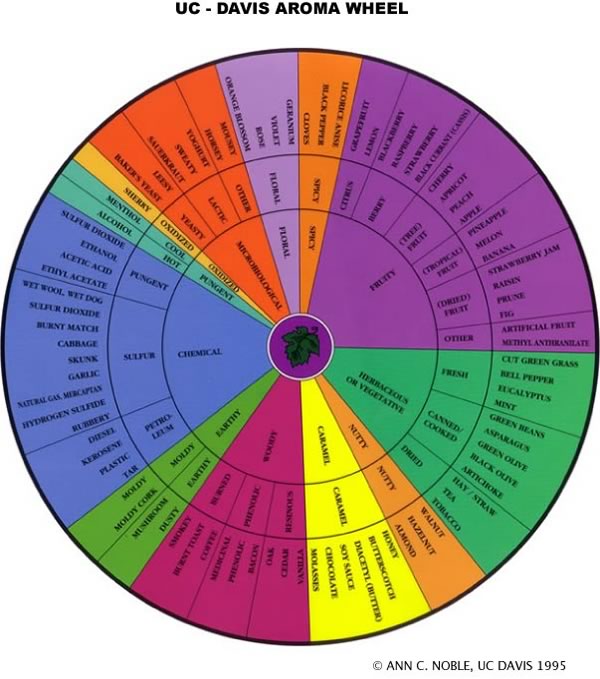I have it but they used male Cannabis to make an essential oil of? Interesting. I find that males smell much like the females of the same variety, just a lot less smells as very little terpenes in the little bit of resin found on males. You could transform the male to female to get a better terpene smell of the male.
Do you think the same Nepali plants grown in Calif will have the same essential oil profile? I do think so. No doubt different varieties from around the world have different terpene profiles, but can they all be made to express all of the 140 terpenes identified in Cannabis? Or even just one terpene they have not been found to express? Maybe, but not yet proven at all.
And I do doubt it.
-SamS
Do you think the same Nepali plants grown in Calif will have the same essential oil profile? I do think so. No doubt different varieties from around the world have different terpene profiles, but can they all be made to express all of the 140 terpenes identified in Cannabis? Or even just one terpene they have not been found to express? Maybe, but not yet proven at all.
And I do doubt it.
-SamS



